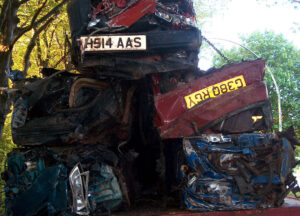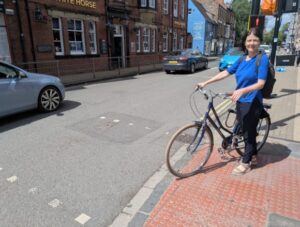North Yorkshire County Council has published its draft Air Quality Strategy, which sets out plans to improve air quality in the county over the next 25 years.
According to the document, North Yorkshire largely has clean and unpolluted air but its designated biodiversity sites are ‘at risk’ from air quality issues arising from transport, fossil fuel combustion and intensive agriculture.
Key features of North Yorkshire’s natural environment such as moorland and blanket bog, flower-rich meadows and ancient woodlands are also susceptible to changes in air quality as are economically important wild species which depend on them such as Heather and Red Grouse.
In North Yorkshire, the district and borough councils are responsible for monitoring air quality in towns, villages and across the countryside. The county council has responsibility for public health and as the highway authority for the local road network has a statutory duty to work with district and borough councils where air quality issues arise.
This strategy aims to support work to reduce outdoor air pollution and strengthen existing partnerships with the district councils who are also the Local Planning Authorities with responsibility for planning decisions for residential, commercial and industrial developments.
The strategy adopts four key objectives:
- Raise the profile of improving air quality in the context of North Yorkshire
- Work in partnership with borough and district councils and other organisations to protect and, where appropriate, improve air quality
- Ensure that improving or maintaining good air quality is a key consideration when planning and delivering County Council services
- Support the use of Ultra Low Emission Vehicles (ULEVs) in North Yorkshire
Cllr Don Mackenzie, North Yorkshire’s executive member for access, said: ‘This draft strategy provides an opportunity to set out the ways in which we will help to protect and improve outdoor air quality across North Yorkshire, for example, decreasing our reliance on cars by increasing use of public transport.
‘By doing so, it is hoped the county will remain a special place for everyone to live, work and visit.’
Photo Credit – Thomas Barrett

















Leave a Reply